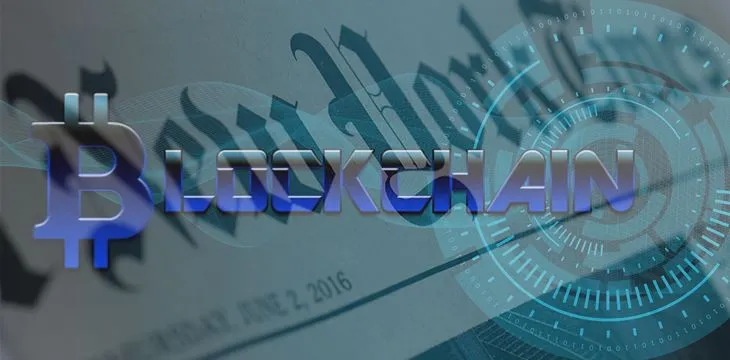|
Getting your Trinity Audio player ready...
|
The New York Times believed that blockchain technology could serve as a solution to fight fake news and disinformation. They admired that a public blockchain could serve as a shared source of truth and that could be referenced if there was a piece of news or a photograph, whose origin or legitimacy was questionable.
In July 2019, The New York Times unveiled News Provenance Project—an initiative that used blockchain to fight misinformation. However, after a year of research and development, the News Provenance Project team admits that they are still very far away from having a fully functional product that is ready for the world.
“This prototype was an experiment that taught us a lot about the power of credible, contextual information in social media feeds, but there is a long way to go before something like this can be fully realized,” said Pooja Reddy, a product manager at The New York Times.
Although the team at the New York Times was able to make advances when it comes to using a blockchain to fight misinformation, by the end of their first run, the team ended up far from the finish line.
News Provenance Project
In its initial phase, The New York Times blockchain focused on photography. The blockchain was able to track a photo from the time it was captured, to the time it was edited, to the time that it was published. The metadata of the photo was stored on their blockchain and could be shared across the blockchain network’s members who they envisioned would be news publications and social media platforms.
After conducting research interviews, the NYT team learned that individuals who were interested in verifying this sort of data were looking to see, who took the photo, where it was taken, how many changes/edits were made to the photo, and where the photo had been published. Although the New York Times R&D team was able to create a blockchain that did that successfully, the NYT team still felt as though they had missed the mark, or were far away from the goal line.
The obstacle
The New York Times research and development team found that there needed to be a better, easier way to check the photos that appear on social media against the photos on the blockchain.
“Bhaskar Ghosh, a student at Columbia University who conducted research for the News Provenance Project, investigated perceptual hashing and computer vision as potential mechanisms for associating photos on social media with photos on the blockchain. However, Ghosh noted that those mechanisms would require further refinement,” according to the New York Times blog post. For blockchain to be used across both news publications and social media networks to battle misinformation when it comes to photographs, improvements need to be made that make it easier for all parties involved to use the blockchain to verify the data they are seeing.
For the next phase of the News Provenance Project, the NYT is looking for collaborators to build standards, rating systems, and enable detection of misinformation. If you believe you assist the News Provenance Project in that regard, you should head over newsprovenanceproject.com to learn more.

 07-02-2025
07-02-2025 





